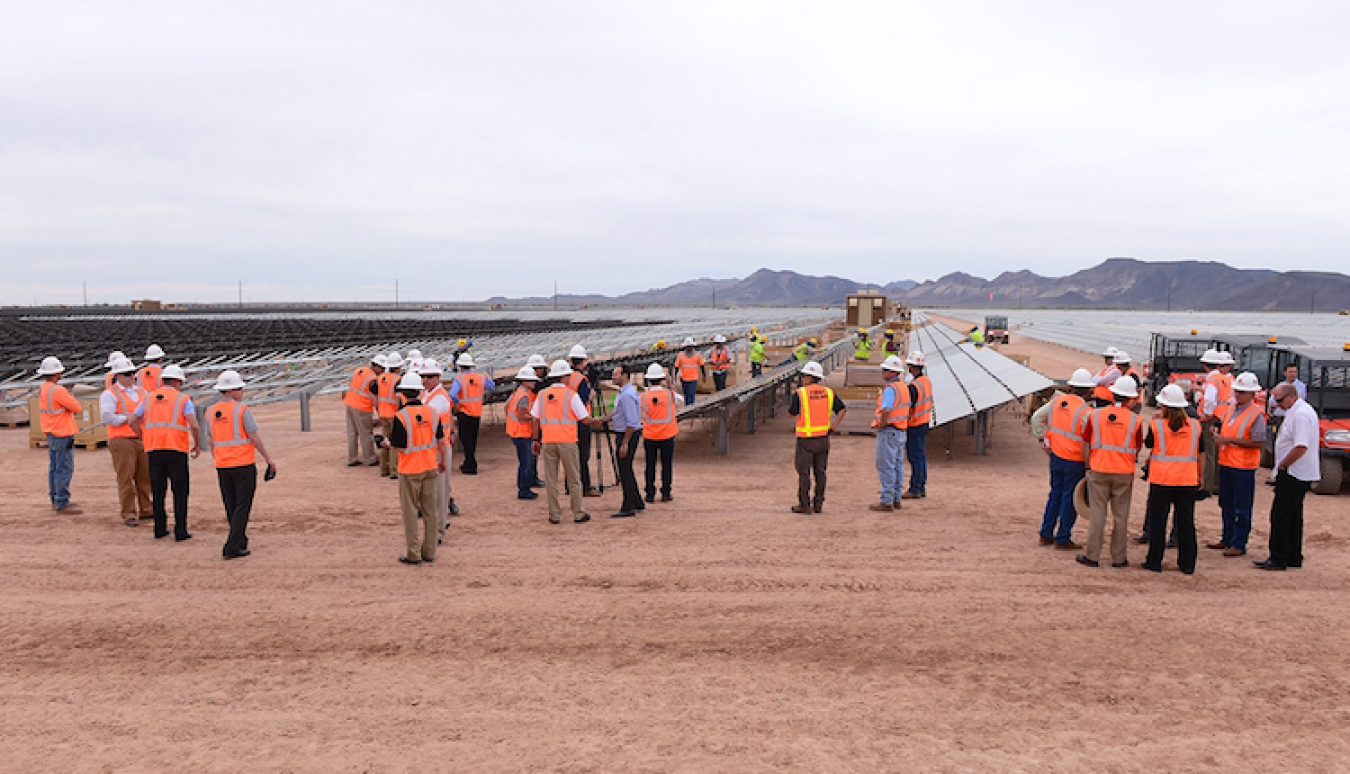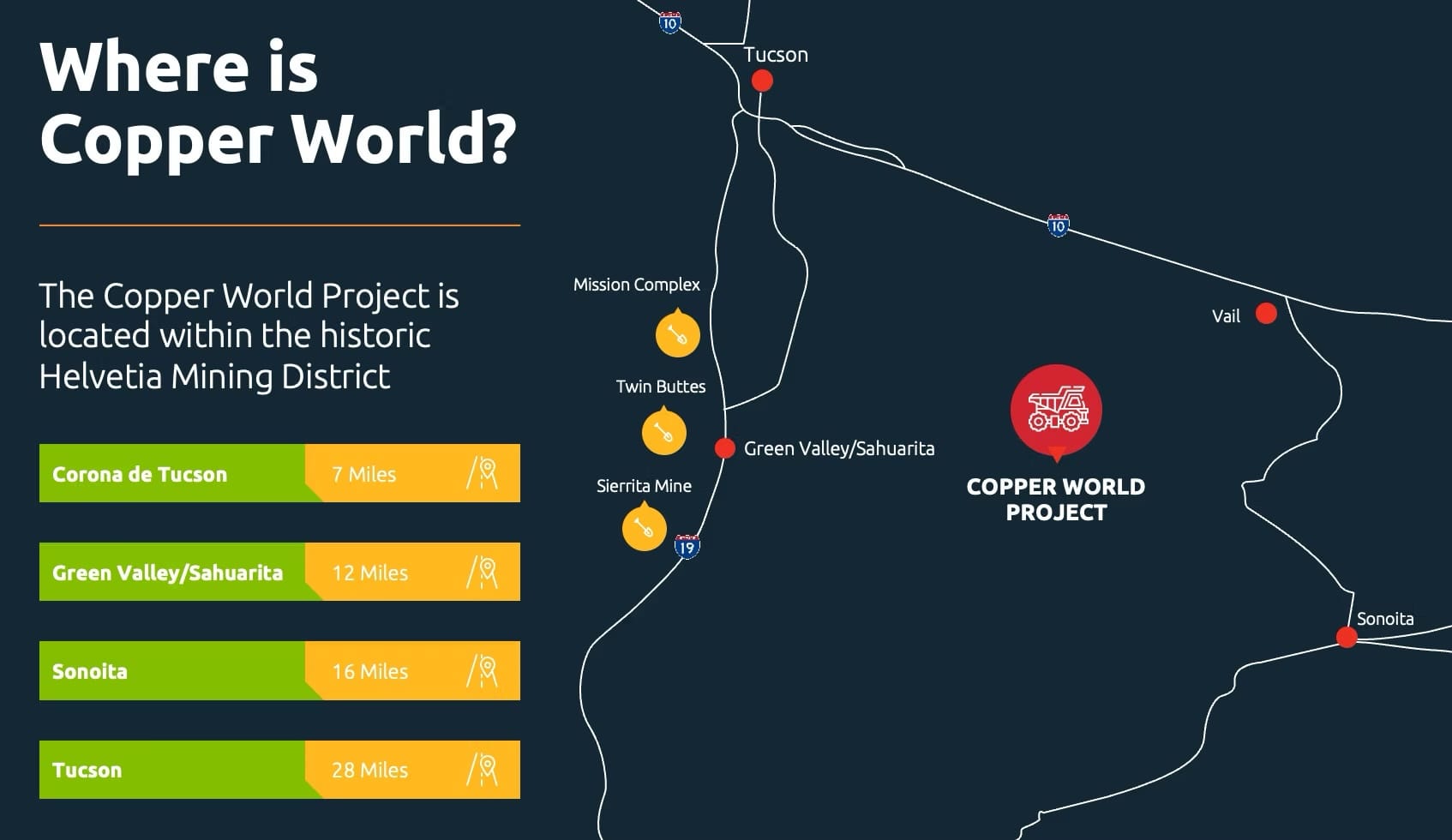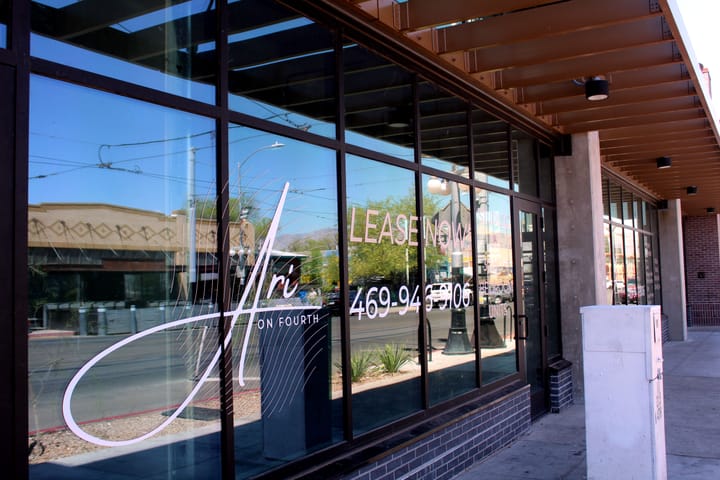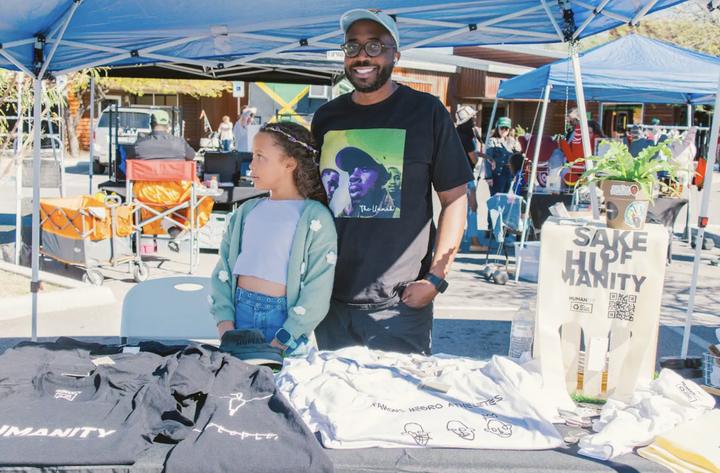Environmental rollbacks, mining expansion spark alarm in Southern Arizona
Amid record heat and worsening air quality, Southern Arizona faces growing environmental threats from federal policy rollbacks and expanded mining, prompting alarm from former EPA leaders and local advocates.

As Southern Arizona grapples with record heat, worsening air quality and water insecurity, former policy leaders and local environmental groups are sounding the alarm over a sweeping rollback of 31 environmental protections.
Local environmental groups have been bracing for such attacks since before President Donald Trump took office, warning that these types of moves could hit vulnerable regions like the desert Southwest the hardest.
Last month, the Associated Press reported that former Environmental Protection Agency administrators Gina McCarthy, William K. Reilly and Christine Todd Whitman jointly condemned current EPA Administrator Lee Zeldin’s proposed rollbacks, which target clean air, water, climate change and more.
McCarthy said the announcement was “the most disastrous day in EPA history.’'
Her concerns were echoed by Reilly, who served as administrator under President George H.W. Bush and was a major contributor in the 1990 amendment to the Clean Air Act.
He called Zeldin’s plans to rollback decades worth of EPA policy a “catastrophe” and said it “represents the abandonment of a long history” of environmental protection.
“What this administration is doing is endangering all of our lives,” said Whitman, who served as administrator under President George W. Bush. “If there’s an endangerment finding to be found anywhere, it should be found on this administration because what they’re doing is so contrary to what the Environmental Protection Agency is about.’'
While critics argue that these warnings are speculative and lack any immediate data support, the announcement follows a broader national conversation about fossil fuel expansion. Trump has promised to ramp up domestic oil and gas production, including expanding drilling leases on federal land and offshore.
Arizona, already experiencing rising temperatures and frequent air quality warnings, could be impacted if national standards are rolled back. Public health advocates warn that increased emissions could worsen existing air quality.
But local organizations warn that there’s still an overall lack of awareness about climate change.
Ojas Sanghi, Tucson co-lead for the Arizona Youth Climate Coalition, said one of the organization’s major goals is to increase awareness about climate change and make sure people know it’s happening.
In late-March, the nonprofit group Sustainable Tucson hosted a meeting with other area nonprofits and community members to reassess their current climate awareness mission.
Member Duane Ediger said the goal of the event was to “lay the groundwork for coordinated action among otherwise not highly interconnected groups going forward.”
One of the group’s objectives is to raise social awareness about renewable energy, including wind power. Sustainable Tucson focuses on all the issues needed to build a more sustainable community, including water use, energy, transportation, housing, food, economics, climate resilience and more.
Pima County already faces frequent ozone advisories and record-breaking high temperatures. Just last year, Tucson faced 112 days of high temperatures at or above 100 degrees, and in 2023, it experienced 18 high temps above 110 degrees, according to the National Weather Service.
But Arizona’s harsh climate isn’t all bad news. The strong summer winds, clear sunny skies and sweltering heat put the state in a unique position to continue expanding its renewable energy footprint.
Arizona is already home to several solar and wind farms, including the growing Agua Caliente and Solana generating stations in Yuma and Gila Bend. In addition, discussions are ongoing around nuclear energy as a carbon-neutral option.
The state is also home to large-scale nuclear power production. The Generating Station, located about 50 miles west of Phoenix, is currently the biggest producer of nuclear power in the U.S.

Since the Palo Verde station became operational in the late 1980s, a new push for nuclear power has begun to take shape. In early February, the Arizona Republic reported that state officials floated the idea of constructing another nuclear plant to meet growing energy demands and reduce reliance on carbon-heavy sources.
Environmental groups remain cautiously optimistic, but stress that nuclear development must be balanced with safety, transparency, and community engagement.
Mining regulations also remain a significant concern for environmental groups in the state, even more so in the wake of Trump’s March executive order that seeks to fast-track mining projects and prioritizes mineral production on public lands with sustainable resources.
The order provides a plan toward financial assistance for mining projects and works with the industry to identify slowdowns it faces in the regulatory process.
The order could also make way for the rollback of the Rosemont Decision, a 2022 decision in the U.S. Court of Appeals that challenged industry practice with respect to the handling of mining waste on federal lands.
The court ruled that mining companies did not have the legal right to dump waste rock and tailings, or residual material from mine operations, on federal lands, which essentially killed a proposed copper mine in Southern Arizona.
Hudbay Minerals, the company behind the proposed Rosemont mine, moved the project from federal to state land, where the ruling doesn’t apply, and renamed it Copper World.
But the company has said it still plans to eventually mine on federal lands, which might happen sooner than expected, given the order.
Sustainable Tucson met earlier this month with other groups to provide an overview of some of the actual or potential impacts of mining in the region and the order.

With several old mines and some new mining projects, including Copper World, on the horizon, organizers said communities are struggling to understand the environmental risks mining poses and the need for metals used for clean energy.
Located 28 miles southeast of Tucson, in the northern Santa Rita Mountains, Copper World is looking to expand its footprint, digging a mile-wide and half-mile-deep pit on the east side.
Critics say a major issue with the project is that ,unlike most other mines, it lacks railway access.
“Pretty much every other mine in the U.S. is getting their ore out and getting their supplies in by trains, but that’s impossible in this case, or it’s certainly not in Hudbay’s plans,” said Rob Peters, executive director of Save the Scenic Santa Ritas. “So they’re planning to run 40,000 truck trips per year, 24/7, with a truck more or less every 15 minutes pounding along Santa Rita Road through the experimental range and then hooking up with Sahuarita Road.”
These trucks kick up a lot of dust in the valley, exacerbating breathing issues for people with such conditions, Peters said.
“The fact that these heavy trucks are pounding through here will have a pretty dramatic effect on the quality of life and indeed will threaten lives in Sahuarita,” Peters said.
A decade-old Environmental Impact Study from a previous project in the area involving a different route of travel predicted that crashes and fatalites would at least triple with the increase in traffic.
“We can imagine that might happen with the trucks going through downtown Sahuarita, and there will be, of course, a huge increase in mine commuter traffic,” Peters said.
He pointed to economic losses in tourism, recreation and home prices in the area; groundwater pumping and toxic tailings as additional damages caused by the project.
“There’s no national strategy, there’s just total craziness,” Peters said. “We have no idea what’s going to happen.”
Save the Santa Ritas is focusing on trying to slow down the project in court while also making it look unappealing to developers and even Hudbay itself, Peters said, adding that the region’s future may hinge on coordinated action, and how quickly communities and groups can respond.
Matthew Lewis is a journalism major at the University of Arizona and Tucson Spotlight intern. Contact him at mclewis95@arizona.edu.
Tucson Spotlight is a community-based newsroom that provides paid opportunities for students and rising journalists in Southern Arizona. Please support our work with a paid subscription.




